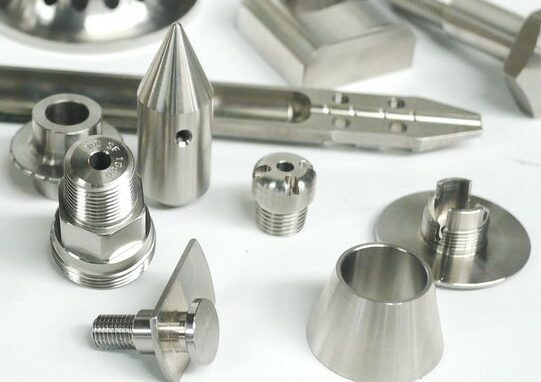CNC milled aluminum relies on a detailed design to manufacture a product or component that precisely fits the required dimensions and tolerances. It's affordable, versatile, resistant to corrosion, and looks excellent with an anodized finish.

How Would You Define CNC-Milled Aluminum?
The milling technique releases aluminum from its solid state by breaking it into tiny pieces. Aluminum may be reduced in size with cutting and grinding equipment, which is important for making components, patterns, and stencils, among other things.
By rotating a set of cylindrical dies, milling may be used to cut through thin aluminum sheets. These intricate metal designs are created by dies and may be used to build automobile and airplane parts. Aluminum that has been CNC milled retains the material's strength and malleability while losing a significant amount of weight. CNC-milled aluminum has applications in the healthcare, transportation, and aerospace industries.
Compared to more traditional methods, CNC-milled aluminum offers many benefits, including adaptability and accuracy. In addition, CNC-milled aluminum's versatility has made it a go-to for a wide range of industries throughout the globe.
Aluminum may inflict severe damage to the surface it is sliced against. Aluminum that has been CNC milled is produced by grinding away at the metal using a set of spinning tools. Increased productivity, less tool wear, shorter machining times, and more control over the final product are benefits of CNC-milled aluminum over more conventional machining methods.
Aluminium CNC Milling Uses
Electronics for the home and the office, transportation, aerospace, and manufacturing all rely on aluminum components. Aluminum machining is mostly used in the following areas:
-Automotive Parts (lightweight provides a high strength-to-weight ratio).
-Lightweight yet sturdy aerospace enclosures, brackets, and other components
-Clamps, calipers, and other components for industrial machines.
-Appear on the front of computers and consumer electronics as control panels, consoles, knobs, and housings.
Conclusion
CNC milling may be used to create a wide range of aluminum items. Two benefits of this approach are the flexibility to adapt to changing market demands and the speed with which mass numbers of unique items may be manufactured. Aluminum can be formed into any shape, making it ideal for use in the construction of vehicles and airplanes and manufacturing containers for food and medicine. For example, CNC-milled aluminum from AS PRECISION might be the way to go if you need a flexible production technique.
